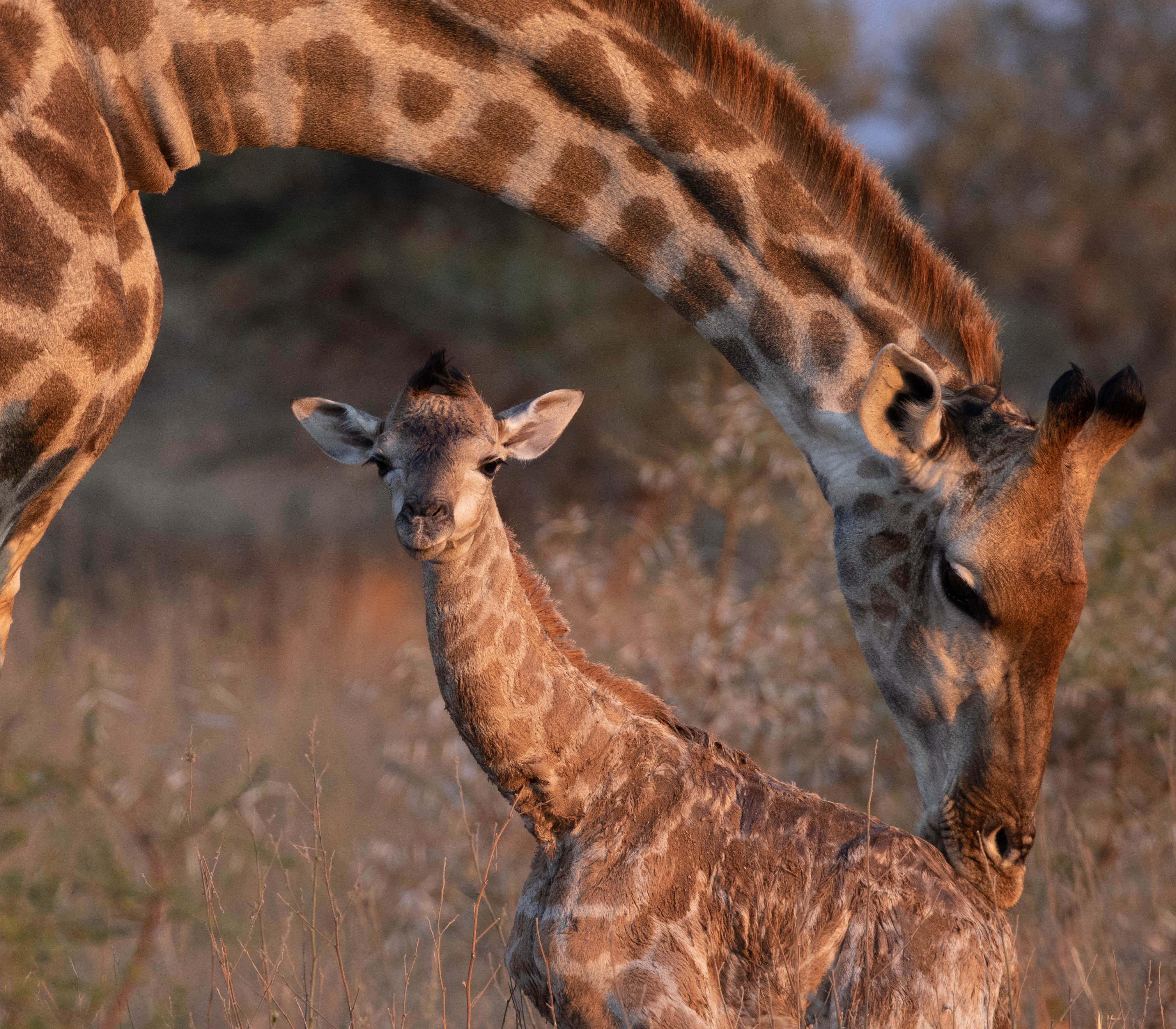
The past year has certainly been filled with bids to help stabilize ecosystems and increase the number of certain species. From conservationists taking drastic measures to preserving rhino populations, to poachers potentially facing the death penalty in Kenya, there have been some pretty creative solutions to ongoing problems.
It’s those kinds of measures that have historically helped animals like the golden lion tamarin, the black rhino, and the grizzly bear come back from the brink of extinction, but there are still thousands of animals on the endangered list. More than 26,500 species actually, according to the IUCN Red List. That number represents more than 27 per cent of all assessed species.
As 2018 comes to a close, the organization notes that while things are looking up for the fin whale and the mountain gorilla—two species of animals now recovering thanks to conservation action—some new animals also entered the list this year.
Gentle giraffes

With their notable necks and cute faces, giraffes are popular animals with children and adults alike. Unfortunately, two subspecies of the world’s tallest land animal, the Kordofan giraffe and the Nubian giraffe, have been added to the list of critically endangered animals. Meanwhile, the Horn of Africa subspecies is now listed as endangered. The animals made the shift on the list this year as a result of increased urbanization, poaching, and civil unrest in certain parts of Africa.
This pretty tarantula

The Mexican Orange Beauty is a notable species of tarantula in Mexico thanks to its striking orange markings, and up until five years ago the spider was easily found in the country’s wild coastal region. However as a result of urbanisation and agriculture, (not to mention its popularity as a pet) the species is beginning to disappear. It officially entered the IUCN Red List as endangered in 2018.
An African oryx

Once upon a time the East African Beisa oryx was easily spotted in the bushlands and grasslands, but by the mid-1990s it was estimated there were only 26,000 left. Until this year the species had been listed as near threatened, but as a result of hunting, livestock farming, and urban development it’s estimated the population has since declined by more than 50 per cent. Now it’s officially endangered, with few conservation efforts currently in place to save it.
Peru’s notable toad

Back in 2004 the Paramo toad was assessed under “least concern” on the IUCN Red List; 14 years later and it’s now classified as critically endangered. The Peru toad may in fact already be extinct given that the last sighting was in 2005. The drastic decline is a result of habitat loss and the contamination of freshwater through mining activities and agricultural expansion, but the IUCN notes “threats from chtridiomycosis and climate change cannot be ruled out.”
Canadian salmon

The plight of Chinook salmon made headlines earlier this year when the story of an orca pushing her dead newborn calf along 1,600 kilometres of ocean for more than two weeks went viral. Orcas rely heavily on the fish as a food source, and that food source is indeed running out. The World Wildlife Federation’s Canadian chapter notes the addition of 13 populations of Chinook salmon from Vancouver Island, Thompson, and Fraser rivers to the national Committee on the Status of Endangered Wildlife’s list of species at risk this year, pointing to “an ecosystem in crisis.”
